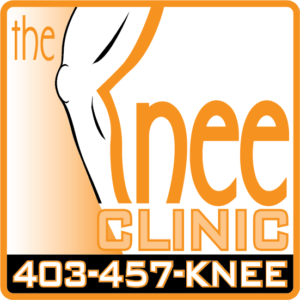BACKGROUND
Platelet rich plasma, commonly called PRP, has been promoted widely as a potential treatment for helping injured musculoskeletal tissues to heal. Platelet rich plasma contains high concentrations of several growth factors. Platelet rich plasma has been used worldwide for multiple indications of knee pain, most commonly accelerate ligament healing or to augment tissue repair. The mechanism of action of PRP is well understood, with ongoing research being done to further refine when and how PRP injections can be performed for maximal efficacy. There are myriad ways in which PRP can help joint osteoarthritis, including the anabolic effects of the growth factors found within PRP. There is a well-documented anti-inflammatory effect as well as cell proliferation and scaffolding to help create tissue remodeling. PRP has also been found to improve tissue stiffness, making cartilage more resilient to future wear and tear.
The philosophy behind using platelet rich plasma to augment tissue healing is based upon growth factors that are present in an individual’s own blood. Platelets naturally gravitate toward an injured area of the body and the alpha granules, which contain the growth factors, are released by the platelets. For platelet rich plasma, blood is drawn from a patient and the platelets are spun down with a centrifuge to much higher levels than are normally seen in a person’s own blood. These concentrated platelets are then injected into the injured or surgically repaired area.
Over the last few years, platelet rich plasma has emerged as an accessible and relatively inexpensive source of growth factors to treat musculoskeletal injuries. PRP contains growth factors that are very important for musculoskeletal healing, such as TGF-beta, platelet-derived growth factor (PDGF) insulin-like growth factor (IGF-I) in fibroblast growth factor (FGF). The growth factor concentration in platelets, coupled with the normal platelets that are present in blood, are sufficient to yield increases of measurable growth factors in the blood to help reduce knee pain. Laboratory studies have confirmed that PRP has beneficial effects on ligament fibroblast migration and the differentiation and production of collagen. This means that it assists with healing knee pain. In addition to the effects of the growth factors directly on healing, platelet rich plasma has also been reported to enhance the gene expression of important healing factors.
The future of PRP is encouraging. Using the patient’s own growth factors and platelets is cost effective and research does indicate that it facilitates repairs in both basic science and animal models. While ongoing studies are still required, it is widely believed that the use of biologic agents to enhance healing is the next major breakthrough in sports medicine for treating knee pain.
(Source: Steadman Phillipon Research Institute via drrobertlaprademd.com website).


